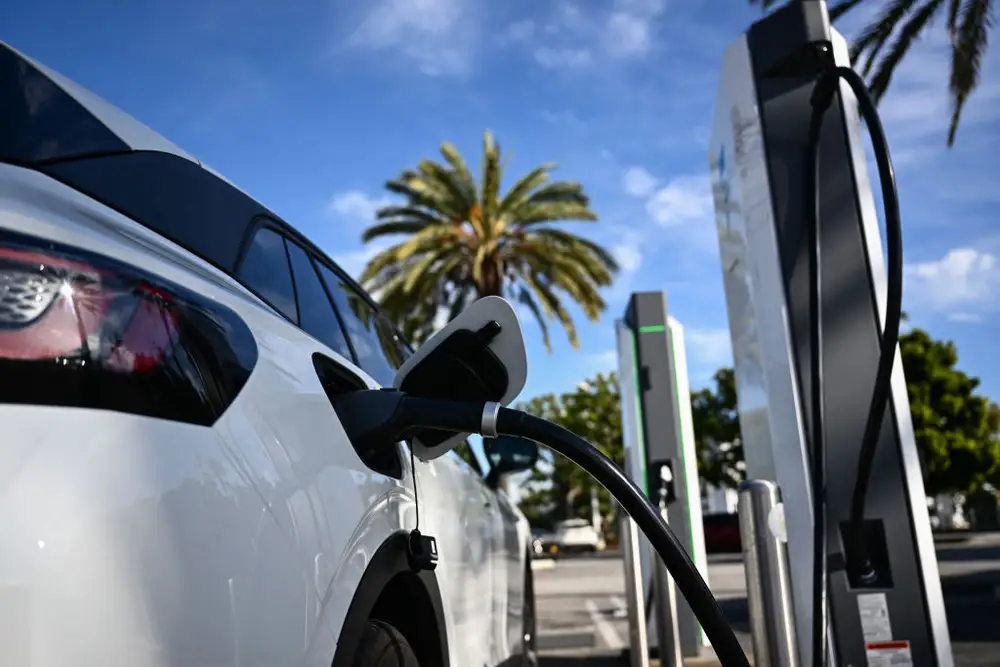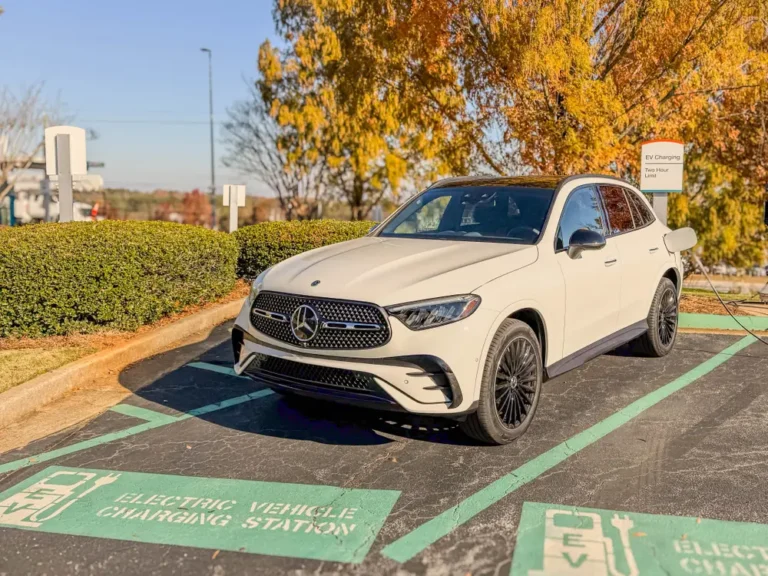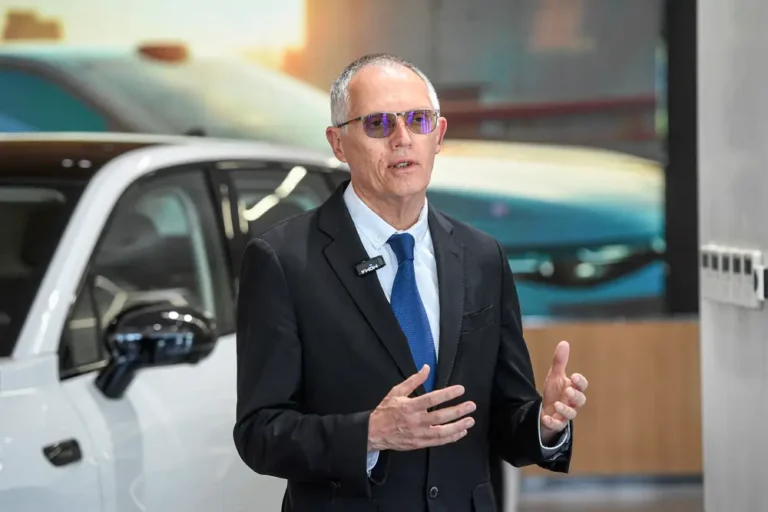EV charging and range are improving. People still don’t want to go electric.

EV charging is getting better, but buyers still aren’t convinced.
We’re getting closer to a cure for range anxiety, so why don’t more people want an EV?
Only 34% of US shoppers planning to buy a vehicle in the next two years say they’re likely to buy an EV, down significantly from the prior year, despite diminishing concerns about things like range anxiety and charging.
The diverging trends were illustrated in EY’s annual Mobility Consumer Index, which surveyed 20,000 respondents in 28 countries who said they were considering buying a new car in the next 24 months. Among US respondents, the firm found that only 24% of potential buyers cited range limitations as a top concern (down from 30% in the prior year), and only 23% are concerned about finding a place to plug in (down from 34%).
This dip in demand is reflected in a stagnation in EV sales growth over the past year as companies adjust to a new crop of more practical green-car shoppers. Simply put, these shoppers are also much more difficult to please than the enthusiastic early adopters of years past.
EY found that only 24% of US car buyers named range limitations a top concern, down from 30% a year ago. Meanwhile, only 23% of US buyers said they were concerned about finding a place to plug in, down from 34% of respondents in 2023.
That should be a huge deal, but today’s electric-car shoppers are less willing to endure the steep learning curve associated with switching to a fully electric car — even if they’re getting cheaper and the tech is getting better.
“To keep momentum and make EV ownership appealing, it’s imperative to educate and create a seamless customer experience from the dealership to the charge point,” EY’s Americas Power & Utilities eMobility Leader Marc Coltelli said in the study.
Battery-powered cars accounted for a record 7.6% of all car sales in 2023, according to Kelley Blue Book, up from 5.9% in 2022. But that sales growth has hit a plateau after years of exponential growth.
Industry executives and analysts this year are estimating a more modest increase by the end of 2024, with EVs expected to account for between 8% and 10% of sales this year.
EV charging has improved, but there is still a long way to go
Both the automotive industry and the US government have rallied around this issue, and at the start of this year the number of public charging stations in the US had doubled from 2020, according to Pew Research and the Department of Energy.
In addition to this improvement in infrastructure, several EVs have been engineered to drive about as far as a gas car on a single charge, and batteries today are built to charge faster.
But it’s still not enough. The network of 61,000 public charging stations in the US pales in comparison to the roughly 120,000 gas stations nationwide. And just because a charger exists doesn’t mean it’s in the right place or compatible with the EV you’re driving.
JD Power’s annual study of EV public charging experiences released in August found that 19% of respondents visited a charger but were not actually able to charge their vehicle. A majority of these failed charging visits were due to lack of availability or the charger being broken, JD Power found.
Affordability is also a key issue for today’s electric car shoppers, an issue the industry has tried to address with lower sticker prices. The average price paid for an EV has fallen steadily for the past year, and some of the best leasing deals are reserved for electric cars right now.
But EV shoppers have found a new cost to angst over.
EY also found improvements in charging and range attitudes were dampened by an increase in worry about battery life and maintenance fees, with 27% of US respondents reporting concerns about expensive batteries.
EVs are still a tough sell for the average buyer
US consumers are still quite skeptical about making the jump to a fully electric car, with 21% of respondents in EY’s study saying they prefer a gradual transition from gas-powered cars to battery-powered cars.
That’s stoking demand for hybrid vehicles, which come in plug-in varieties or with gas-electric engines that don’t need to recharge at all, due to the higher mileage per gallon and less of a lifestyle switch.
“With many still hesitant to go all in with EVs, hybrids offer an ‘easier-to-swallow’ solution,” EY Americas Aerospace, Defense and Mobility Leader Raman Ram said in the report. “For those who are looking to transition due to the environment, hybrids allow owners to lessen their reliance on fuel and creates options for batteries and parts. For many, it’s a win-win.”
It’s not quite that simple, though. Hybrids are hard to find right now as automakers rush back to the once-withering segment. The current mismatch between supply and demand for these vehicles makes shopping for them stressful and prices hard to swallow.






